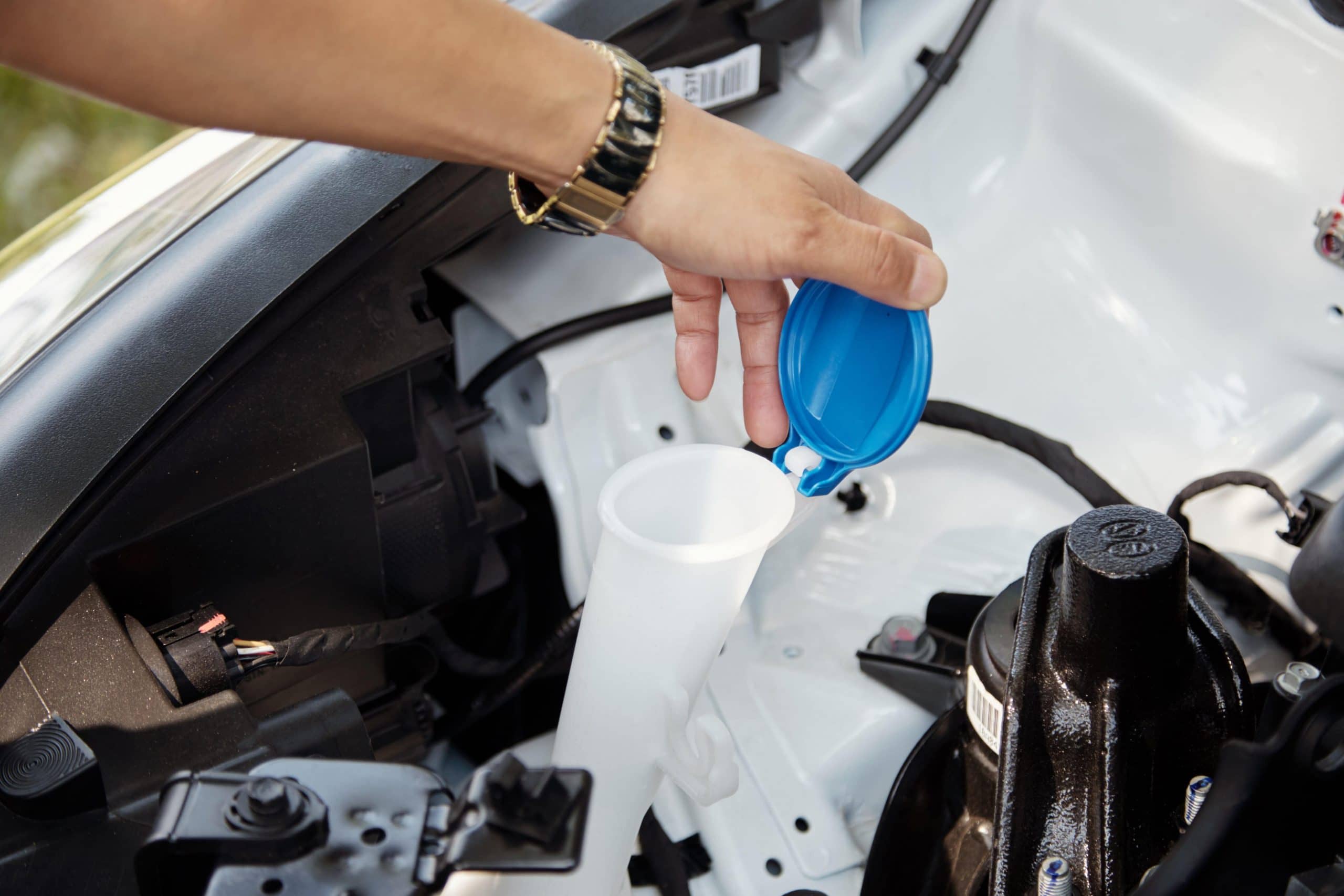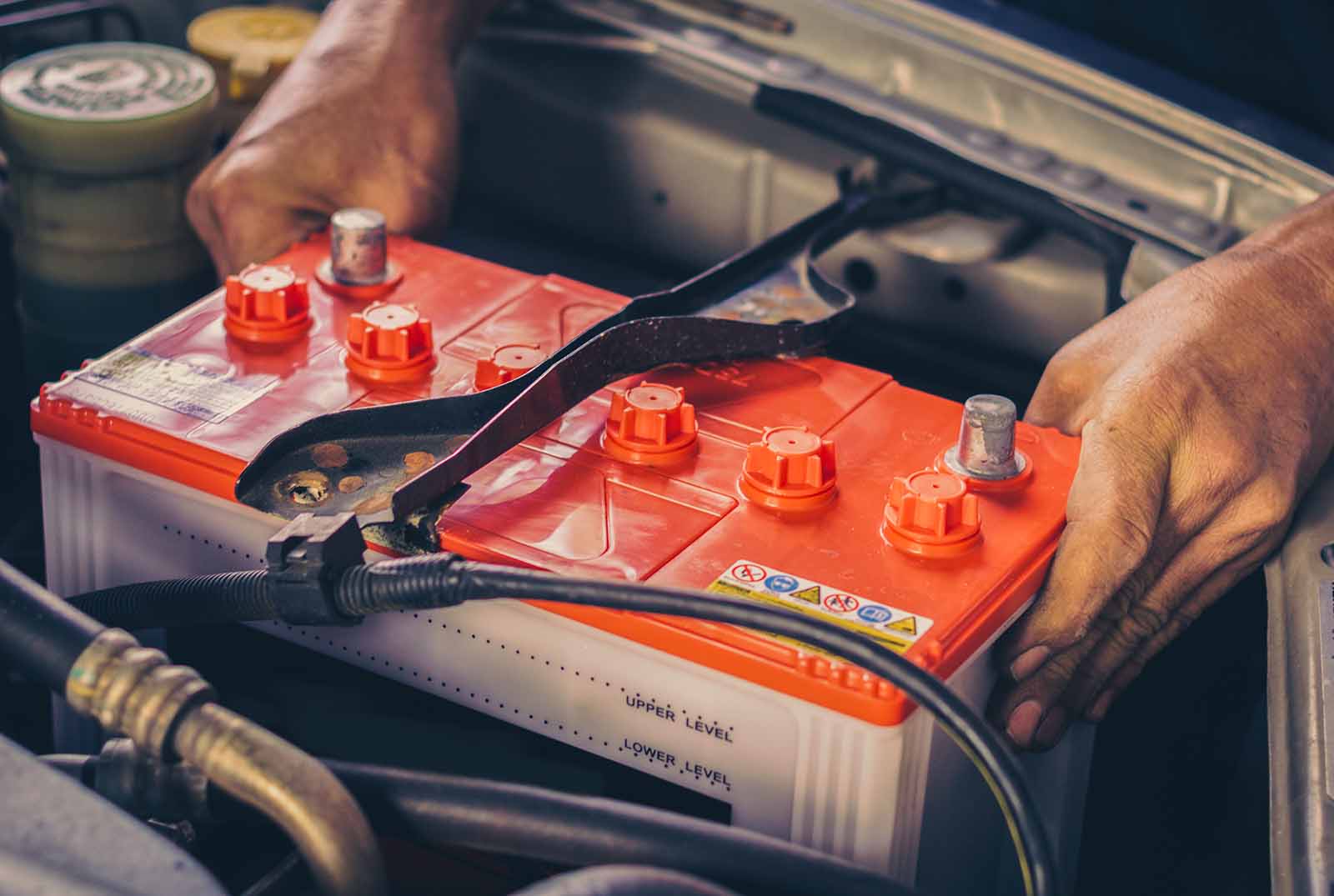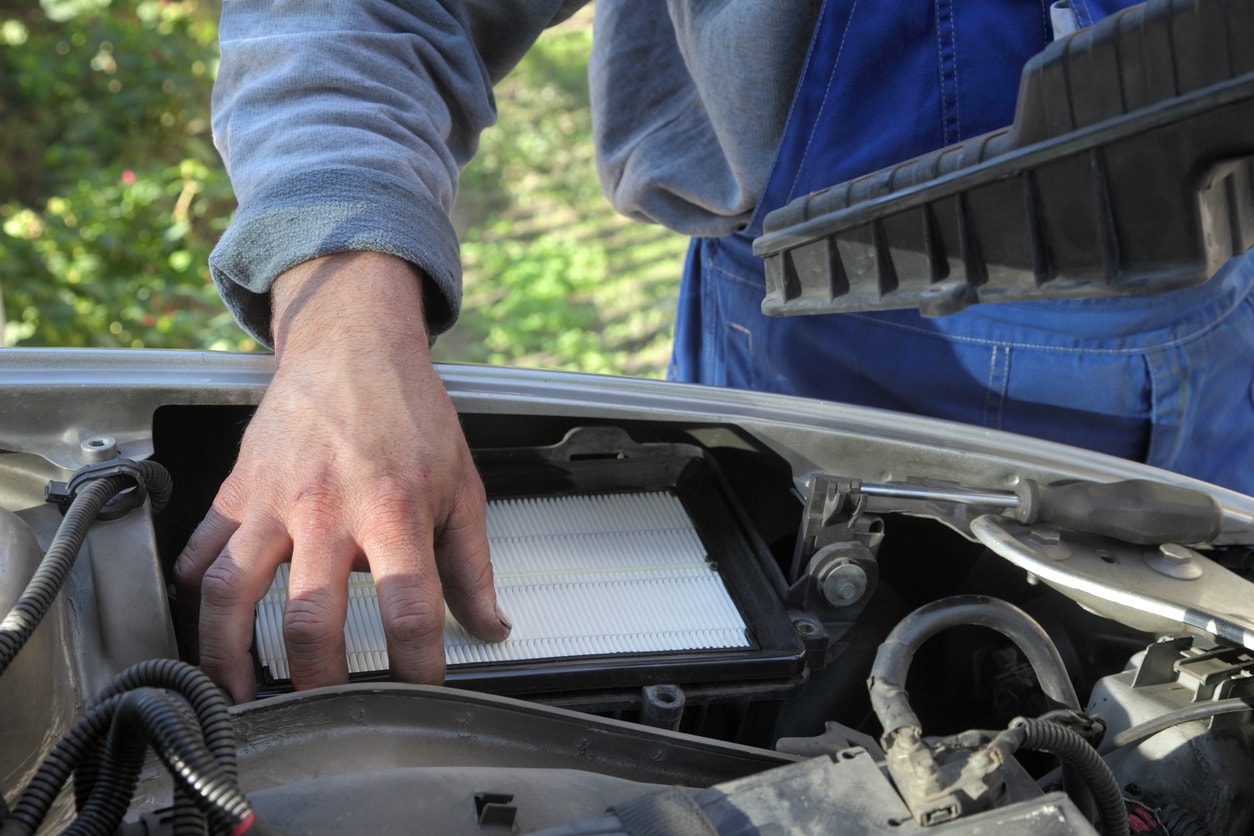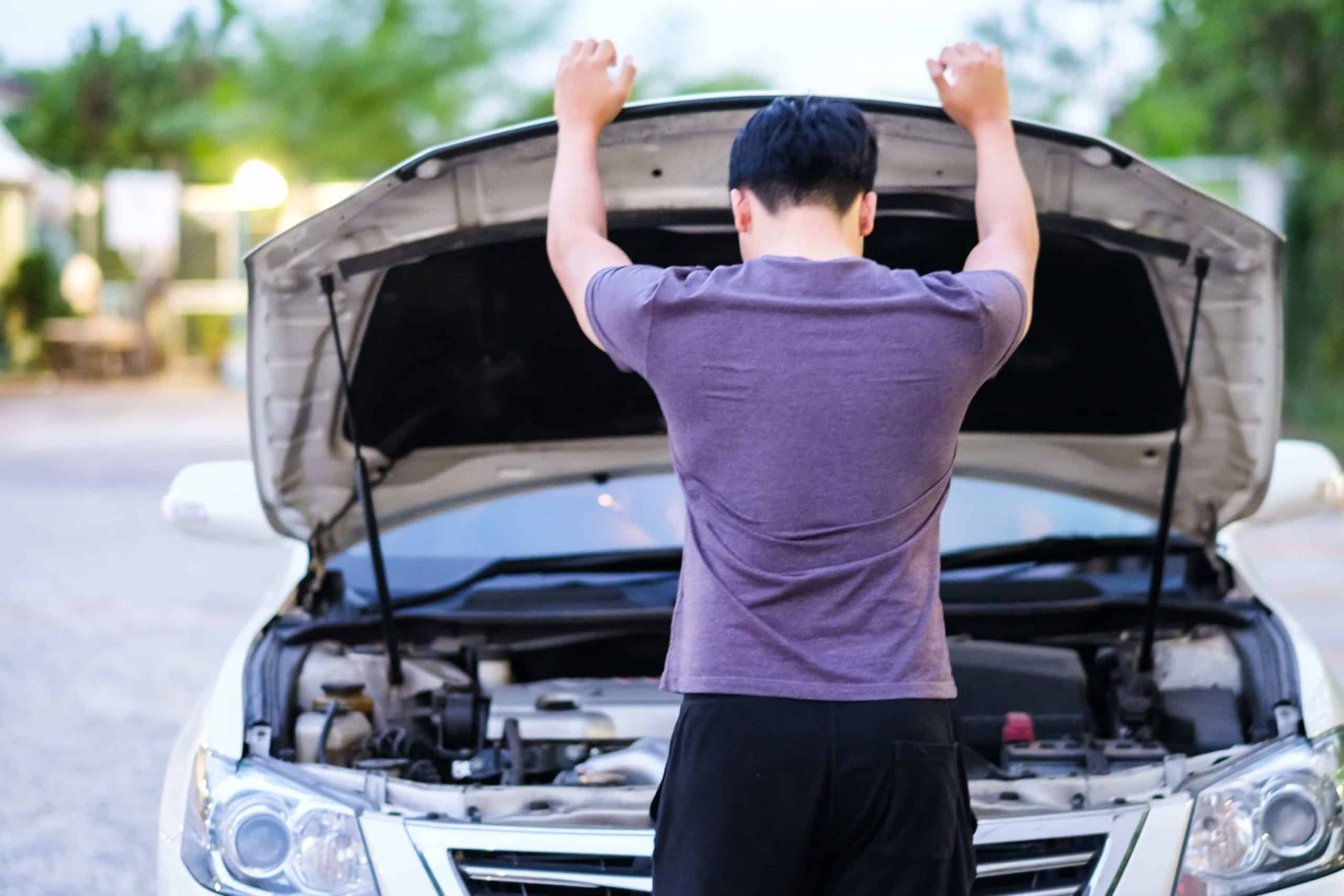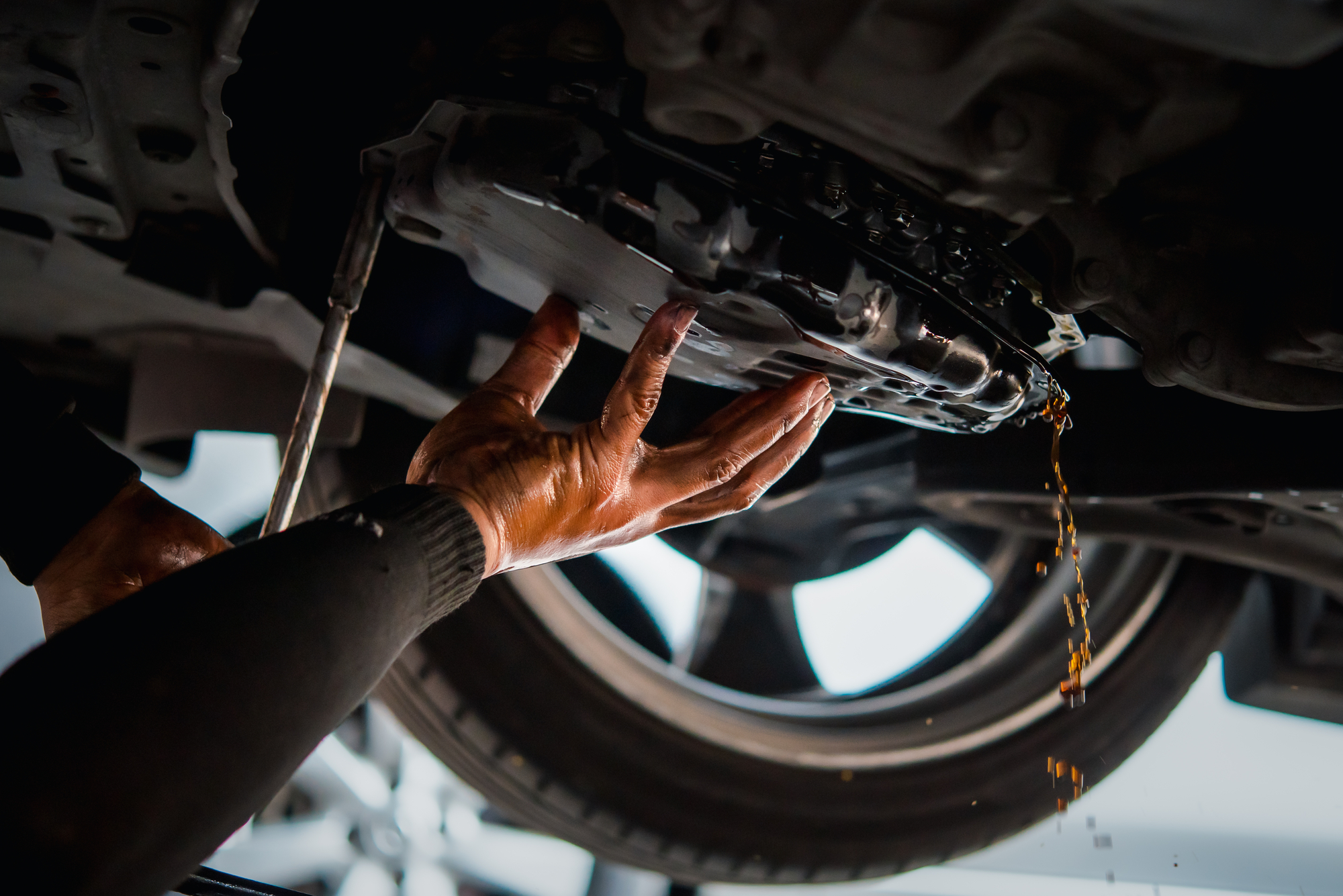Did you know that your transmission experiences more wear during the lifetime of your vehicle than any other mechanical component? A smoothly functioning transmission is just as important to a vehicle as its engine. It is up to the transmission to multiply engine torque to usable power to spin the wheels of a vehicle at varying gear ratios depending on speed and load. However, no vehicle owner wants to deal with transmission issues. In fact, many drivers would sooner be ignorant about the symptoms of a damaged or quickly failing transmission. This explains why the transmission is the most underappreciated, misunderstood, and neglected major component in a vehicle. As A. Meredith Walters pointed out, “Ignoring things won’t make them go away. It only makes it harder to face them when they finally come around.”
We get it. No one would wish the inconvenience or expense of a transmission rebuild or repair upon their enemy. However, avoiding the topic will not prevent transmission issues. On the other hand, understanding the symptoms of a bad transmission before it fails and taking it to an experienced specialty repair shop can both lengthen the life of your transmission and save money. Often, expensive repairs can be avoided with regular vehicle maintenance – or with a quick inspection when something unusual is noticed. For example, a solenoid block or sensor can be replaced today for a fraction of a total transmission rebuild a few weeks or months down the road.
If you do need a transmission rebuild, trust a team with nearly 100 years of combined in-house transmission rebuild experience.
In this article, we discuss 10 signs your transmission went out for your reference. Some symptoms may fall into multiple categories but ultimately consider it a red flag if you experience any one or a combination of the symptoms below.
1. LACK OF RESPONSE
Hesitation, or outright refusal, to shift into the proper gear is a telltale sign of transmission trouble. The inability to shift can be electric, hydraulic or mechanical. At times, this may feel like a delay when shifting from drive to park before the gear properly engages, especially for vehicles with automatic transmissions. For vehicles with manual transmissions, the lack of response often takes the form of disconnect between the revving of the engine’s RPMs and actual vehicle speed. In this case, the expected acceleration of the vehicle is seemingly much lower than the sound of the engine would imply. Some describe this a transmission “slipping.”
2. ODD SOUNDS
Vehicle noises differ, depending on vehicle make and model. When determining if you should pay close attention to a specific sound, consider two questions:
Is this a sound you have never heard before? If the noise is extremely out-of-the-ordinary, you should get your vehicle looked at by your local transmission shop and a team of certified transmission specialists.
Does the sound resemble humming, buzzing, whining, or clunking? These are most commonly used to describe transmission failure noises. With hundreds of parts in a transmission, a single bearing or even a worn case can emit a troubling noise. Unfortunately, these noises are more than just a hindrance. They ultimate lead to transmission failure. It is worth differentiating noises unique to automatic and manual transmission. Often, bad automatic transmissions will emit humming, buzzing, or whining sounds; manual transmissions emit harsher mechanical noises, such as clunking. Some of these noises may relate to the engine, exhaust system, drive shaft, differentials or even a wheel bearing. At this stage, it’s extremely important to diagnosis the sound correctly.
3. LEAKING FLUID
Leaking fluid is recognizable and easy to diagnose. Automatic transmission fluid (ATF) gives life to the transmission. ATF lubricates transmission components to decrease friction and prevent overheating. It also functions as a hydraulic fluid allowing gear engagement. If ATF can leak, the transmission will operate with low fluid leading to an increased chance of overheating. This is the quickest way for a transmission to break down. If you see a pool of bright red fluid beneath your vehicle, take it to a transmission shop immediately. Take note: if the leaked fluid is dark brown or black and emits a seared odor, the fluid may be burnt; if this is the case, no minor repair or maintenance procedure can fix the internal failure already present. On the other hand, a transmission pan gasket might be compromised where a transmission power flush and pan/gasket repair can fix the problem for a few hundred bucks rather than a few thousand dollars!
4. GRINDING, JERKING, OR SHAKING
Shaking and jerking are good indicators of transmission trouble. Gear grinding is a common symptom in manual transmission vehicles. Automatic transmission failure often begins with some hesitation during gears shifting. Some might describe this a “slipping,” as well. Eventually, the vehicle may begin trembling or shaking during shifting. There are alternative causes for these symptoms. Engine and transmission mounts are notorious for clunking and jerking between gears. The best way to diagnose the issue is by bringing your vehicle to a repair expert immediately to determine the true problem. Any delay will likely cause further damage.
5. BURNING SMELL
As mentioned previously, leaked fluid is a bad sign. However, if no leakage accompanies the burning odor, your transmission fluid is probably overheating due to clutch debris, breakdown of metallic components and sludge. If transmission fluid has not been flushed or serviced on a vehicle with over 100,000 miles, this is a common outcome.
How will you know what burnt transmission fluid smells like? When ATF burns, it omits a uniquely acrid smell, closer to the stench of burning rubber than burning oil. If the transmission fluid gets extremely hot, you may even observe smoke. Once the fluid is burnt it no longer can complete its responsibilities to manage heat, lubricate parts and hydraulically shift gears.
6. WON’T GO INTO GEAR
You may have found yourself in this terrible scenario: sitting in a stagnant vehicle with the engine on – and you cannot move. Your transmission won’t go into gear. Cars honk, swivel around you, traffic halts for miles… Even if you have never experienced this, any driver can imagine the situation with gut-wrenching revulsion.
So, what is the issue? If your vehicle won’t go into gear, several issues can be the culprit. A few potential issues include improper transmission fluid type, incorrect shift cable positioning, internal mechanic failure, a clogged filter, faulty clutch linkage, failing solenoids, malfunctioning sensors, or a malfunctioning computer system.
7. SERVICE ENGINE SOON
Beyond the possibility of transmission issues, your vehicle’s Check Engine Light is designed as an incredible early indication of a problem. Do not ignore this warning sign, and do not assume that the warning light came on for no reason. The service light on your dashboard responds to sensors placed at crucial points inside the vehicle, sensors that detect slight unusual vibrations that you may not detect while driving. Don’t wait for your vehicle to begin grinding and trembling; if the Check Engine Light turns on, it is best to take your vehicle to a repair shop you trust for an accurate diagnosis right away. In some cases, a diagnostic code could point to a minor repair that prevents a major (and costly) repair. In other circumstances, the diagnostic code tells a technician a major repair (e.g. transmission rebuild or replacement) is required.
Did you know that your transmission experiences more wear during the lifetime of your vehicle than any other mechanical component? A smoothly functioning transmission is just as important to a vehicle as its engine. It is up to the transmission to multiply engine torque to usable power to spin the wheels of a vehicle at varying gear ratios depending on speed and load. However, no vehicle owner wants to deal with transmission issues. In fact, many drivers would sooner be ignorant about the symptoms of a damaged or quickly failing transmission. This explains why the transmission is the most underappreciated, misunderstood, and neglected major component in a vehicle. As A. Meredith Walters pointed out, “Ignoring things won’t make them go away. It only makes it harder to face them when they finally come around.”
We get it. No one would wish the inconvenience or expense of a transmission rebuild or repair upon their enemy. However, avoiding the topic will not prevent transmission issues. On the other hand, understanding the symptoms of a bad transmission before it fails and taking it to an experienced specialty repair shop can both lengthen the life of your transmission and save money. Often, expensive repairs can be avoided with regular vehicle maintenance – or with a quick inspection when something unusual is noticed. For example, a solenoid block or sensor can be replaced today for a fraction of a total transmission rebuild a few weeks or months down the road.
If you do need a transmission rebuild, trust a team with nearly 100 years of combined in-house transmission rebuild experience.
In this article, we discuss 10 signs your transmission went out for your reference. Some symptoms may fall into multiple categories but ultimately consider it a red flag if you experience any one or a combination of the symptoms below.
8. NOISY TRANSMISSION IN NEUTRAL
Pay attention to the sound of your transmission in neutral. Does your transmission “bump” or quake? Some noises, such as this, require adding or changing the automatic transmission fluid or some other simple fix. Other times, however, a more serious issue at on hand, and – as we’ve mentioned many times – taking your vehicle to a specialty repair shop is the safest and most cost-effective option. It might sound silly but many Chrysler, including Dodge and Jeep brands, vehicles require fluid inspection in neutral.
9. SLIPPING GEARS
Each symptom listed above could pose risk; however, slipping gears is an obviously serious safety hazard for both vehicle owners and surrounding drivers/ pedestrians. To avoid a dangerous situation, often a driver is forced to slam on the breaks or quickly accelerate. A vehicle that doesn’t respond, or slips between gears or into neutral, poses a serious safety threat. At this point, it is a matter of public safety to take your vehicle into a professional transmission repair shop to be examined. Many modern transmissions will prevent a driver from recklessly driving with a damaged transmission by going into “limp mode” or “safe mode.” Under this circumstance, the computer system will detect a problem with the transmission and default to one gear. The vehicle will not shift between gears and will only operate in one gear, often 3rd gear, as a safety mechanism to allow the driver to get the vehicle to a local transmission shop.
10. DRAGGING CLUTCH
A dragging clutch is experienced by manual transmissions only, making it extremely difficult to change gears – sometimes impossible. A dragging clutch occurs when the clutch disc and flywheel don’t disengage when the clutch pedal is pushed. In some cases, a manual transmission might also “pop-out” of gear. Oftentimes, these issues are accompanied by grinding noises during gear shifting. The master and slave cylinder must be inspected as the hydraulics of the clutch pedal to clutch to flywheel engagement is often the source of a transmission misdiagnosis.

